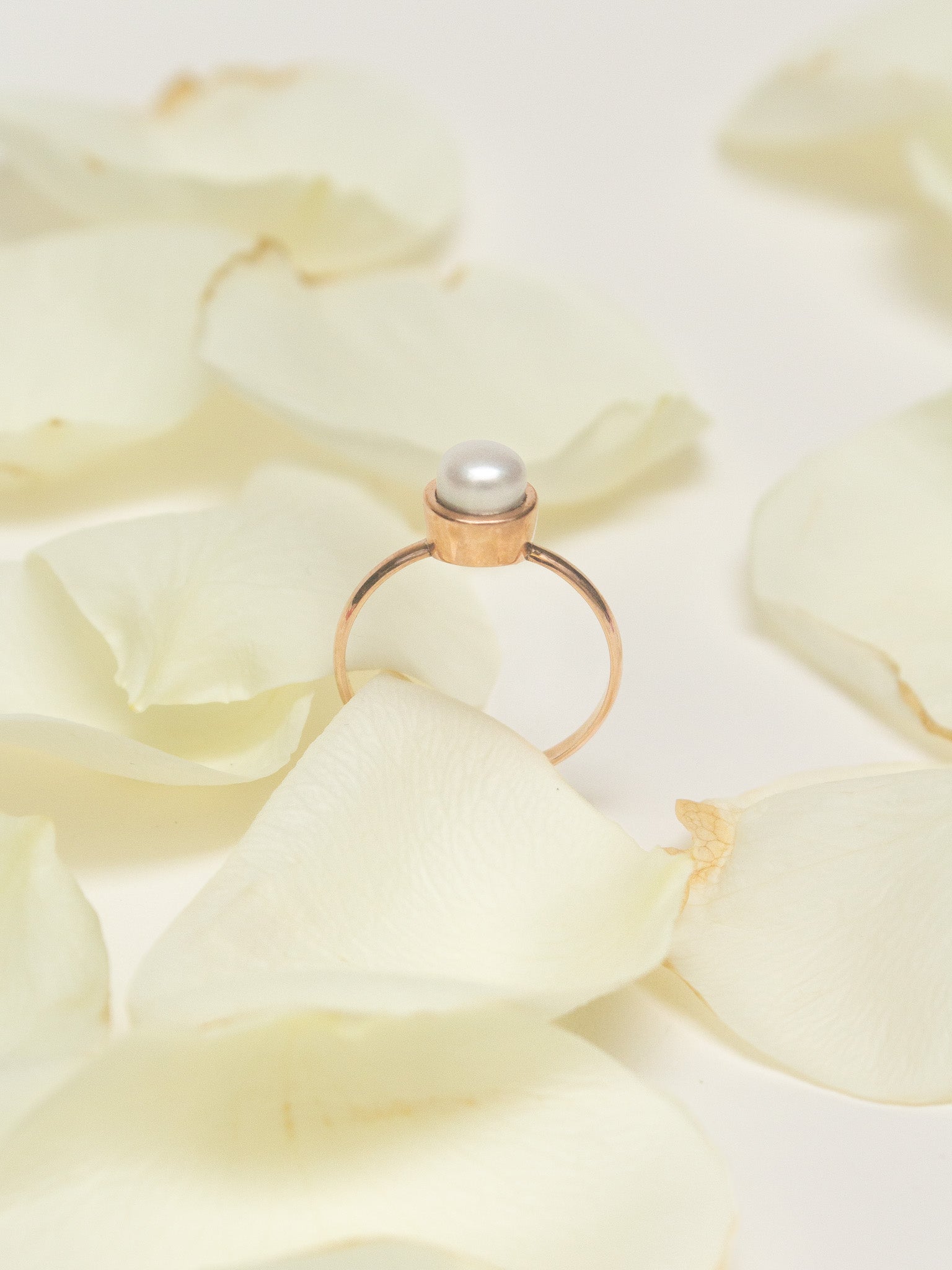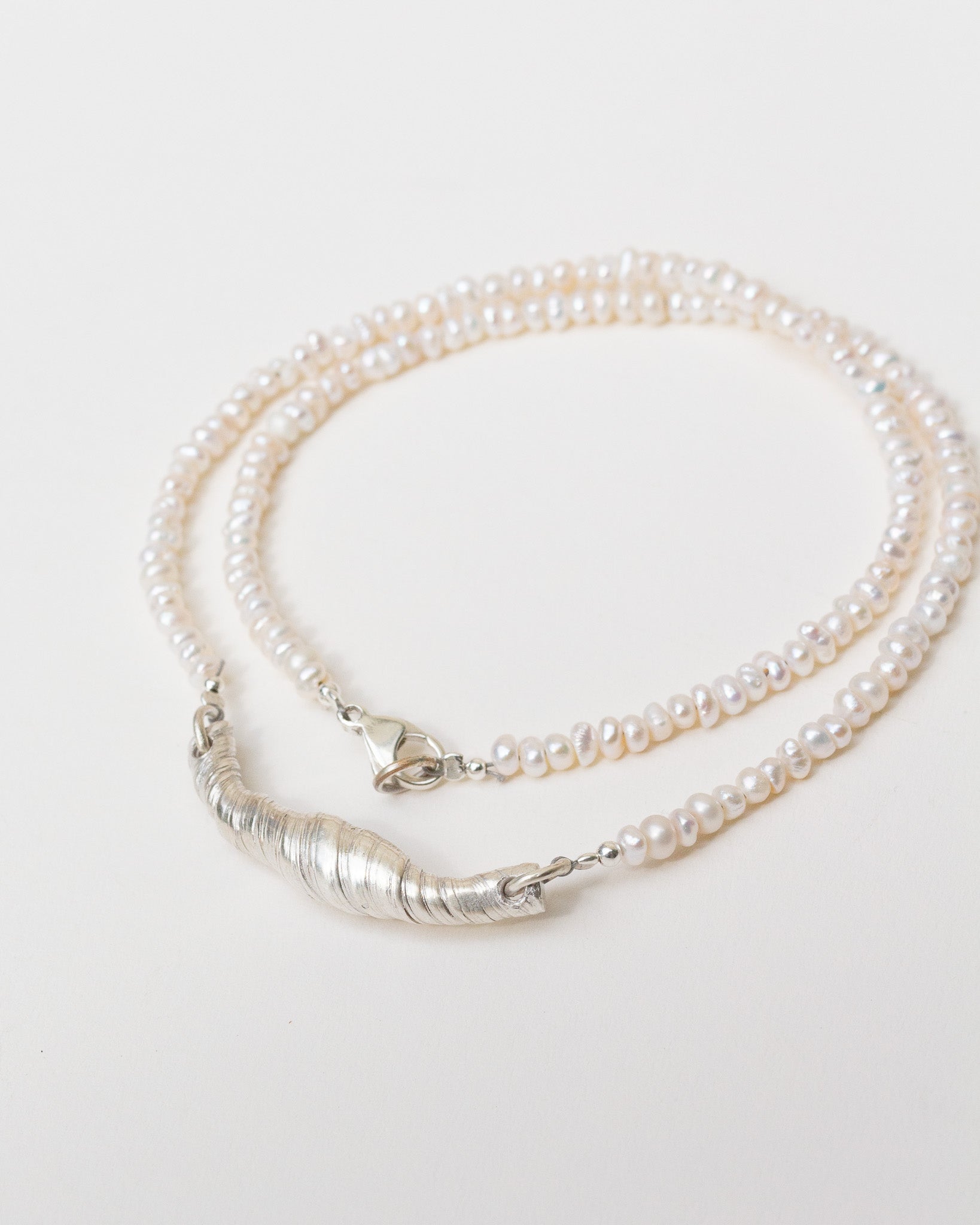
Gold and carats: What you need to know before buying gold
The first time I heard about 14 karat or 18 karat in relation to gold, I was quite confused. I still remember constantly confusing the "carat" of gold with the carat of diamonds—yes, they are two completely different things! At the time, I didn't know what either meant or how they differed from each other. There were so many terms and complicated explanations that I quickly put the topic aside and didn't bother with it any further.
It wasn't until I started designing my own jewelry that I began to understand these terms. Little by little, everything made sense, and of course, as a jewelry maker or goldsmith, I have to know the properties of the different alloys in detail to be able to create high-quality jewelry. But don't worry, you don't have to delve as deeply into the subject matter as I did. I'll explain everything you need to know so that you understand exactly what you're buying when it comes to gold jewelry!
|
CONTENTS |
1. What does “carat” actually mean? |
2. Numbers like 585 and 750 – What do they mean? |
3. Yellow, white, or rosé? The thing with gold colors |
4. Why 24-carat gold is not the best choice for jewelry |
5. Conclusion |

1. What does “carat” actually mean?
So, carat (often abbreviated as "kt") is a measure of gold purity. The higher the number, the purer the gold. Here's a brief overview:- 24-karat gold: This is the purest gold you can find. It's 100% gold. Sounds great, right? But here's the catch: It's so soft that it scratches and bends easily. Imagine wearing a ball of gold putty on your finger—okay, not quite that extreme, but you know what I mean. That's why most jewelry is made of 18-karat or, more often, 14-karat.
- 18-karat gold: This consists of 75% pure gold and 25% other metals such as silver or copper. This makes the gold more stable and ideal for high-quality jewelry.
- 14-karat gold: With 58.3% pure gold, it's even more durable. Perfect for jewelry you want to wear every day—without worrying about scratches.
- 10-karat gold: Contains 41.7% pure gold. This is super robust, but you'll also notice that the gold content is significantly lower.


2. Numbers like 585 and 750 – What do they mean?
I still remember the first time I stumbled across these numbers and thought they were the price. I was wrong! These numbers simply indicate the gold content in thousandths. Here's a small example:
- 585 gold: This is 14 carat gold and means that 58.5% of the jewelry is made of pure gold.
- 750 gold: This is 18 carat gold and consists of 75% gold.
It's simply a more precise way of indicating the gold content and is quite common in Europe.
3. Yellow, white, or rosé? The thing with gold colors
Gold isn't always the same, at least when it comes to color. You may have heard of yellow gold, white gold, and rose gold, but what's the difference?
- Yellow gold: The classic gold we know. It is made by mixing pure gold with silver and copper, resulting in the typical warm gold tone.
- White gold: This gold is mixed with white metals such as palladium or silver. To add a touch of shine, it is often coated with a layer of rhodium.
- Rose gold: My personal favorite! Rose gold gets its beautiful reddish hue from the addition of copper. The more copper, the rosier the hue.

4. Why 24-carat gold is not the best choice for jewelry
I always thought 24-karat gold was the best—after all, it's the purest gold! But then I learned that it's rarely used for jewelry because of its softness. Of course, there are still many designers who choose 24-karat gold for their designs, but these pieces are usually very delicate. It deforms easily and scratches quickly. So if you want a piece of jewelry that will withstand everyday wear, 14-karat or even 9-karat gold is a better choice. They're harder, more durable, and still look fantastic.
5. Conclusion
So, the next time you're considering buying a beautiful piece of jewelry, you'll be well prepared. Whether it's 14-karat, 14-carat, or rose gold—you now know what all these terms mean. And don't worry, the same thing won't happen again with diamond carats: Carats measure weight, not clarity.
I hope you had a few aha moments and enjoyed this post. If you have any questions, don't hesitate to ask me—I'd be happy to answer them!
Your Linh An :)



Leave a comment
This site is protected by hCaptcha and the hCaptcha Privacy Policy and Terms of Service apply.